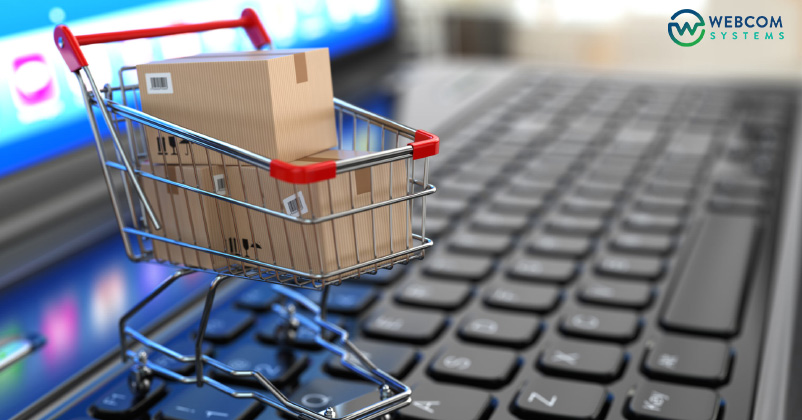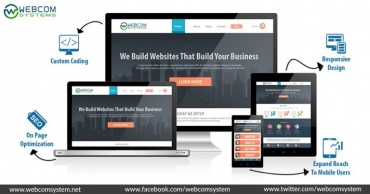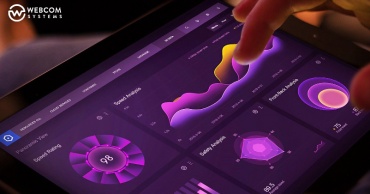Building an enticing Online Shopping Store can be difficult, especially if you are new to the Internet marketing field.
Notably, developing modern money making a site like Amazon.in, Flipkart.com, Cartcafe.in that are known to sell a broad range of products can be challenging. Several marketing channels work behind an e-commerce store.
Every Startup has big dreams and excitement. Mainly, when they launch their product store with the most beautiful template theme and filling it with great products, expectations take a leap.
But there are a few common eCommerce mistakes done by them, which ruin their product sales and customer base.
Double-check and make certain you’re not doing one of these seven e-commerce design mistakes. They’re pretty common, but they can have an enormous negative impact on your bottom line.
#1. Poor Image Quality:
The best thing about buying online is that you don’t have to go out of your home. The worst piece about buying online is that you can’t physically hold and examine the product before buying. This is why you require high-quality images of your goods.
Humans are visual beings.
We process images 60,000x quicker than text.
Pictures sell.
Use this to your benefit on your store. Give various angles of your products, colour variations, or choices. Don’t upload a small image and assume users to hurry over and enter the “add to cart” button.
You need them to be able to zoom in on the picture(s) and be capable of getting the feeling of “holding and inspecting” before ordering.
#2. Complex Product Specifications:
Your single product pages are an essential piece of the selling online puzzle.
They excite your customers and influence them into shopping. Descriptions coupled with high-quality pictures let your store visitors feel the product without having to hold it.
Unite a few personalities to the descriptions.
Be appealing and informative.
Show them how your product will resolve their queries and why it’s so awesomely awesome.
I’m not telling write a book for every single one of them, but you do require to provide your consumers with the details they want to make an educated shopping.
If you’re making a lot of returns from your online products, you ought to revisit your product information and make certain you’re describing them accurately and transparently.
Ask a team member, colleague, family member, or friend for their opinion on your product descriptions. Seldom all you need is a second pair of eyes to make the right tweaks.
#3. Complex Check-Out Process:
When your client completes browsing your store, adds the product(s) that they require to the cart, and begins to check out, avoid from hitting them with an extra ten useless steps.
The longer and more confusing the check-out process, the lower the conversions.
So, Don’t complicate the process.
Various checkout pages and poor design will occur in buyer moving mid-transaction and loss of sales for you.
So you can also offer a “Check Out as Guest” option if possible so that user’s that don’t need to create an account aren’t forced to.
#4. Not Being Mobile Friendly:
In today’s society, the number of users buying products via mobile devices is increasing…..rapidly.
“57% of consumers will not recommend a business with a poorly designed mobile site, and 40% of users will go to a competitor’s site after a bad mobile experience.” – Chris Belew, Apptive
Having a mobile-friendly website is so essential to your user’s browsing experience that search engines like Google penalize sites for not being mobile optimized.
Not sure if your site is mobile responsive? Pop your URL into this free Google tool, and it’ll tell back the results for you.
#5. Loading Takes Too Long:
“Every second delay in page-load time leads to 11% fewer page views, a 16% decrease in customer satisfaction, and a 7% loss in conversions.” – Aberdeen Group
I mean….that quote kind of says it all.
Users drop websites if they
too long to load.
Website users are impatient, especially when shopping online.
If you have a large eCommerce store, the amount of content and images that your visitor’s browser has to load could be…..insane, to put it simply.
Make sure your website is hosted on a quality server.
Make sure all of your high-quality images are optimized.
Make sure your web design and theme isn’t slowing down the loading time.
Ensure that you have a caching plugin set up correctly.
The culprit of a slow website could be a large number of things.
If you’re not sure about the speed of your site, use this free website speed tool.
22 Tips To Speed Up WordPress Site Performance
Conclusion:
Whether you’re novel to the eCommerce world, or you’re looking to update and tweak your current setup, make sure to avoid these mistakes. They could make or break the number of people that convert on your website!




